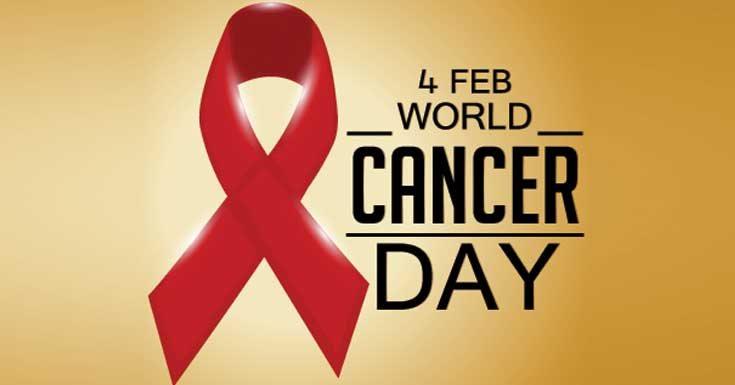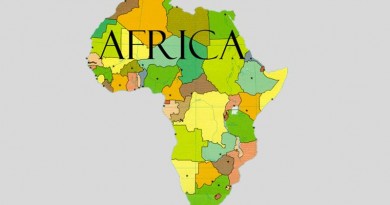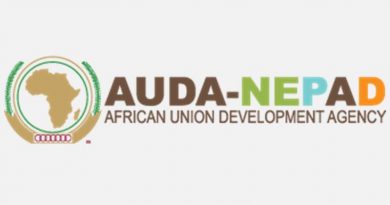World Cancer Day 2022: Close the Care Gap / Realising the problem
Created in 2000 and held every February 4, World Cancer Day is a global initiative led by the Union for International Cancer Control (UICC) to face one of our greatest challenges.
2022 Campaign Theme: Close the Care Gap / Realising the problem
World Cancer Day is an international day marked on 4 February to raise awareness of cancer and to encourage its prevention, detection, and treatment. World Cancer Day is led by the Union for International Cancer Control (UICC) to support the goals of the World Cancer Declaration, written in 2008. The primary goal of World Cancer Day is to significantly reduce illness and death caused by cancer and is an opportunity to rally the international community to end the injustice of preventable suffering from cancer. The day is observed by the United Nations.
World Cancer Day targets misinformation, raises awareness, and reduces stigma. Multiple initiatives are run on World Cancer Day to show support for those affected by cancer. One of these movements are #NoHairSelfie, a global movement to have “hairticipants” shave their heads either physically or virtually to show a symbol of courage for those undergoing cancer treatment. Images of participants are then shared all over social media. Hundreds of events around the world also take place.
Cancer is one of the world’s leading causes of death, and its burden is growing. In 2021, the world crossed a sobering new threshold – an estimated 20 million people were diagnosed with cancer, and 10 million died. These numbers will continue to rise in the decades ahead. And yet all cancers can be treated, and many can be prevented or cured.
Care for cancer, however, like so many other diseases, reflects the inequalities and inequities of our world. The clearest distinction is between high- and low-income countries, with comprehensive treatment reportedly available in more than 90% of high-income countries but less than 15% of low-income countries.
Similarly, the survival of children diagnosed with cancer is more than 80% in high-income countries, and less than 30% in low- and middle-income countries. And breast cancer survival five years after diagnosis now exceeds 80% in most high-income countries, compared with 66% in India and just 40% in South Africa.
Furthermore, a recent WHO survey found that cancer services are covered by a country’s largest, government health financing scheme in an estimated 37% of low- and middle-income countries, compared to at least 78% of high-income countries. This means that a cancer diagnosis has the potential to push families into poverty, particularly in lower-income countries, an effect that has been exacerbated during the COVID-19 pandemic.
Closing the care gap
For all of these reasons, the theme for this year’s World Cancer Day is “closing the care gap”.
And fortunately, much is being done to bring quality cancer care to countries for which, up until now, it has been out of reach.
WHO’s efforts are focused on breast cancer, now the most common cancer; cervical cancer, that can be eliminated; and childhood cancer. The focus for each of these initiatives is low- and middle-income countries, where the biggest public health gains are to be made.
These integrated global cancer initiatives are being implemented by more than 200 partners around the world, including many development banks who have significantly increased their investments in cancer research, prevention and care.
National cancer centres: key to a comprehensive approach
Experience has shown the importance of national cancer centres in ensuring a comprehensive approach to cancer treatment. Bringing services for prevention, diagnosis, multidisciplinary treatment and supportive care together in one place makes it easier for patients to navigate services and leads to a greater concentration of expertise, and subsequently better health outcomes. Furthermore, cancer centres serve as training and research hubs, and in this way, help build country capacity and expertise.
Setting Up a Cancer Centre: a WHO-IAEA Framework, being released by the World Health Organization and the International Atomic Energy Agency for World Cancer Day, proposes a framework for both establishing a cancer centre and strengthening the provision of services in existing centres. Intended for policy-makers, programme managers and health professionals, it provides details of the infrastructure, human resources and equipment required for essential services, taking into consideration local context and resources available.
Facilitating decisions on screening
Screening is another important element of comprehensive cancer prevention and control but decisions on what to include in a cancer programme require consideration of a number of complex factors. To support decision-making on such issues in countries, WHO has just released A short guide to cancer screening. Increase effectiveness, maximize benefits and minimize harm.
Reinvigorated efforts to increase access to radiotherapy
Radiotherapy is among the most cost-effective, efficient and widely-used cancer treatments, and may be considered as a treatment option for an estimated half of cancer patients. Despite being a critical component of cancer care, however, worldwide access to radiotherapy is still inadequate, particularly in lower-income countries.
To reinvigorate efforts to address this problem, WHO is joining forces with the IAEA, as it launches Rays of Hope. This new project will prioritize a limited number of high-impact, cost-effective and sustainable interventions in line with national needs and commitment, starting in Africa.
Scale-up critical given the impact of the pandemic
Increased efforts to scale up high quality cancer programmes at international, national and community levels are all the more important given disruption to cancer programmes during the COVID-19 pandemic. In a survey published in October 2021, more than half of countries reporting indicated that cancer screening and treatment had been partially or completely disrupted during the pandemic.
By collaboration, commitment and solidarity, however, hope can be provided to the many millions of people for whom cancer treatment has in the past been little more than a dream.
HOW YOU CAN PARTICIPATE
- Share your story.
- Create your own custom poster.
- Fundraise for cancer research.
- Make a donation.
- Create an event.
- Advocate for action.
Get involved any way you can. Because together, we can create change. Find more ideas on how to participate at worldcancerday.org/take-action.
Join us on February 4 to support a future without cancer.
Learn more at www.worldcancerday.org




